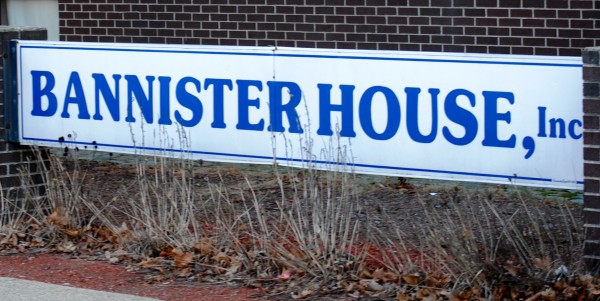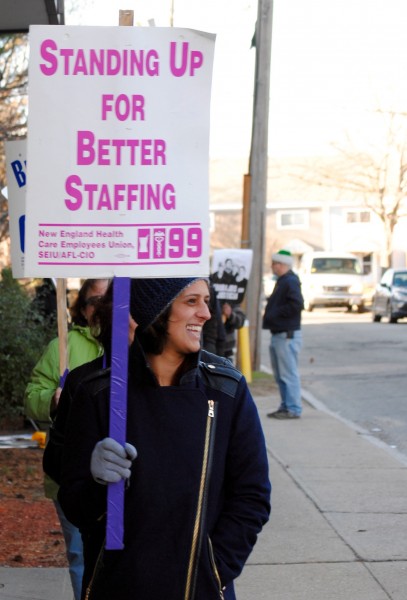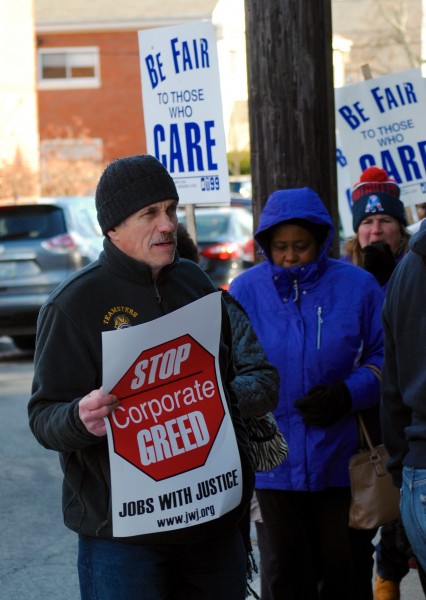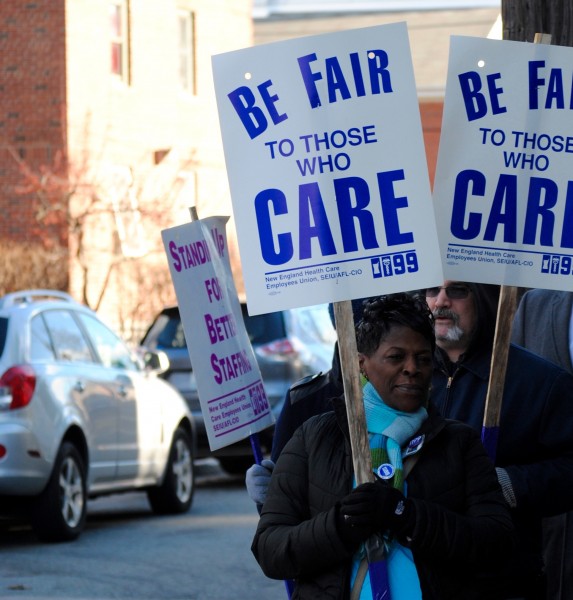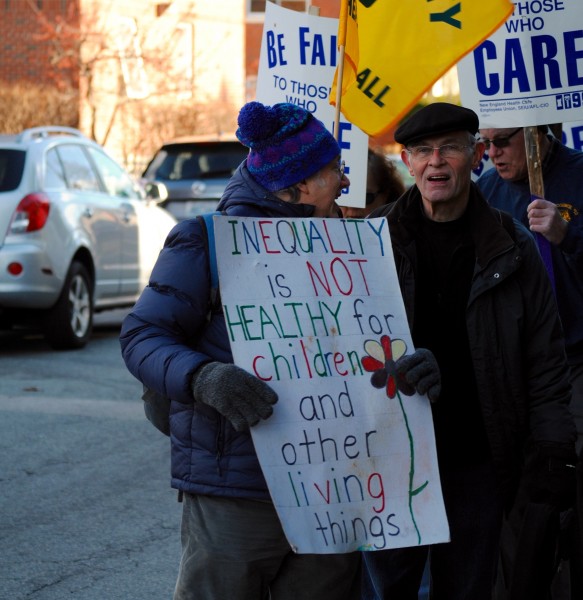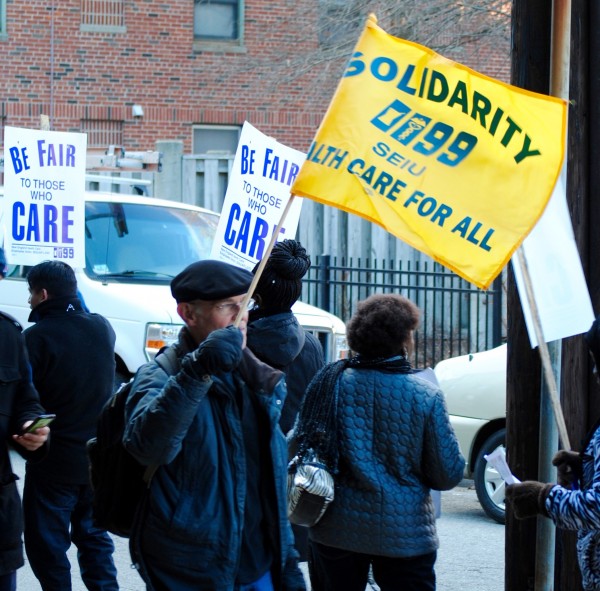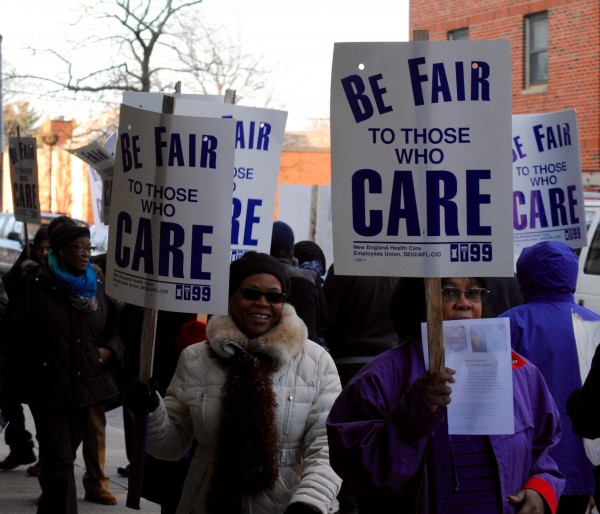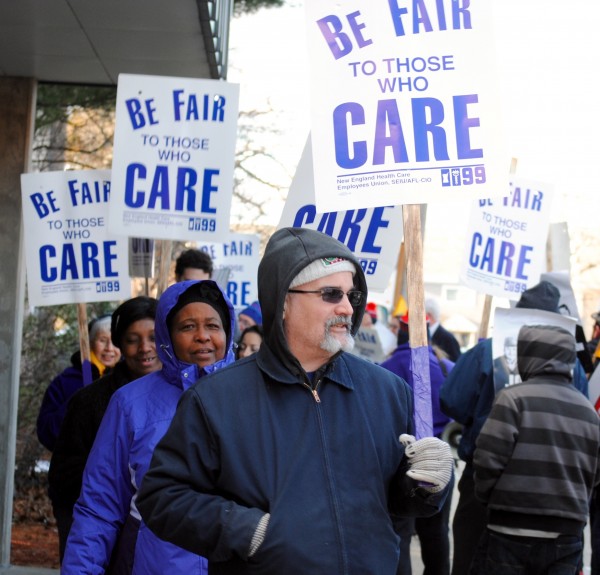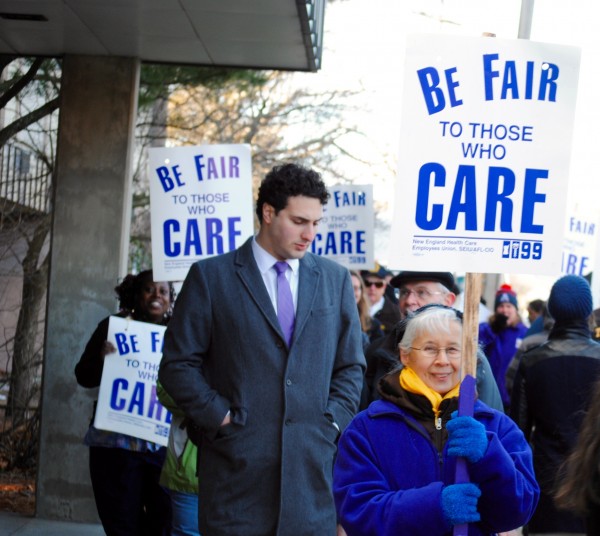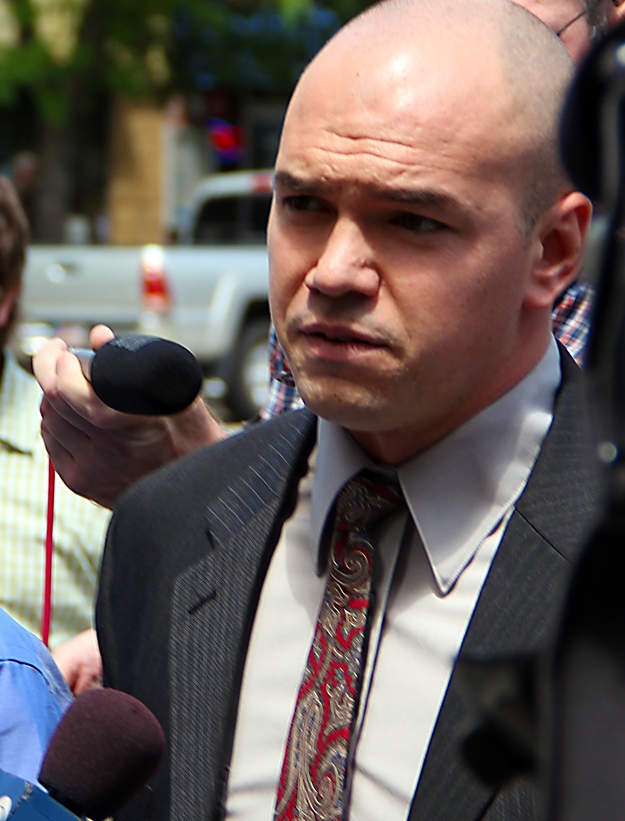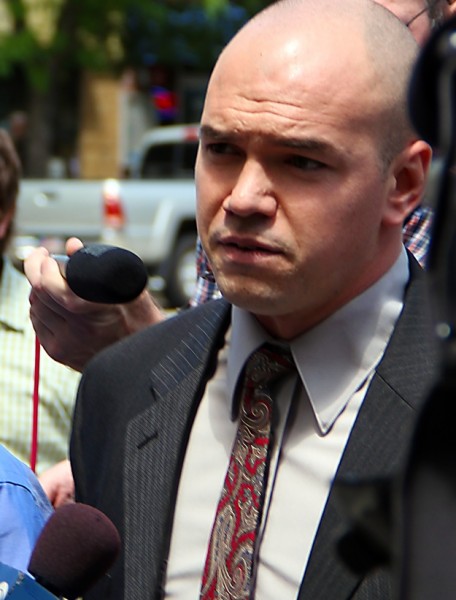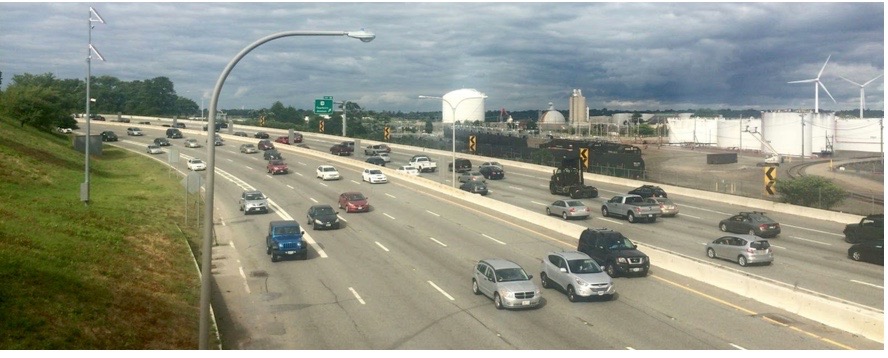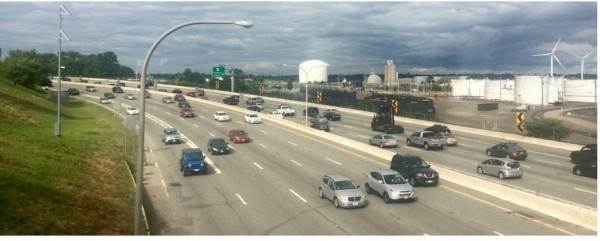 For the second time in three months, the American Civil Liberties Union of Rhode Island has filed a complaint of sex discrimination against the Harmony Fire District for terminating a female employee who had raised concerns that male and female firefighters were being treated differently. The ACLU filed this latest charge with the Rhode Island Commission for Human Rights and the Equal Employment Opportunity Commission on behalf of Linda Ferragamo, an EMT/firefighter at the department for more than a decade.
For the second time in three months, the American Civil Liberties Union of Rhode Island has filed a complaint of sex discrimination against the Harmony Fire District for terminating a female employee who had raised concerns that male and female firefighters were being treated differently. The ACLU filed this latest charge with the Rhode Island Commission for Human Rights and the Equal Employment Opportunity Commission on behalf of Linda Ferragamo, an EMT/firefighter at the department for more than a decade.
At an October 2014 Harmony Fire District Board meeting, Ferragamo, fellow female EMT/firefighter Kimberly Perreault and several of their male colleagues expressed concerns about women not receiving fair treatment in the department. At the meeting, according to the ACLU’s complaint, Ferragamo expressed the view that the fire department “was a boys club and that the women had no input.”
Perreault was soon fired for allegedly being “unhappy” with the department. Shortly after that, Ferragamo sent a letter to the Harmony Fire District Board of Directors complaining about Perreault’s termination and expressing concern about the way men, but not women, were being promoted in the department. A month later, Ferragamo was suspended for allegedly missing, without notice, three shifts over a two-month period. She was then terminated in August 2015. Ferragamo’s complaint alleges that male members of the department were not terminated or suspended for similar absences and that her suspension was an act of retaliation for the concerns she had raised about the department’s treatment of women at the October 2014 meeting and in her letter.
Ferragamo said today: “I have spoken up at several district board meetings in which I voiced my concern about the treatment of women in the department. My termination was in retaliation for my concerns. I have been a very active member of the fire department for 12 years. I also always found time to help and promote the department with outside activities. I hope to one day return to help the citizens of Harmony.”
In November, the ACLU of Rhode Island filed a charge of sex discrimination on behalf of Perreault, a 12-year veteran of the department. None of the male firefighters who raised concerns about equal treatment of male and female employees have been disciplined or terminated.
ACLU volunteer attorney Sonja Deyoe, who is handling both complaints, said today: “Mrs. Ferragamo was brave enough to ask for equal treatment within the Harmony Fire Department and its response was to freeze her out of the complaint process, suspend her, then terminate her. It is my sincerest hope that we will be able to get her restored to her rightful position and begin a process of change within the department that will allow the women within it to be treated equally with their male counterparts.”
A copy of the complaint is available here: http://riaclu.org/images/uploads/Ferragamo_affidavit.pdf


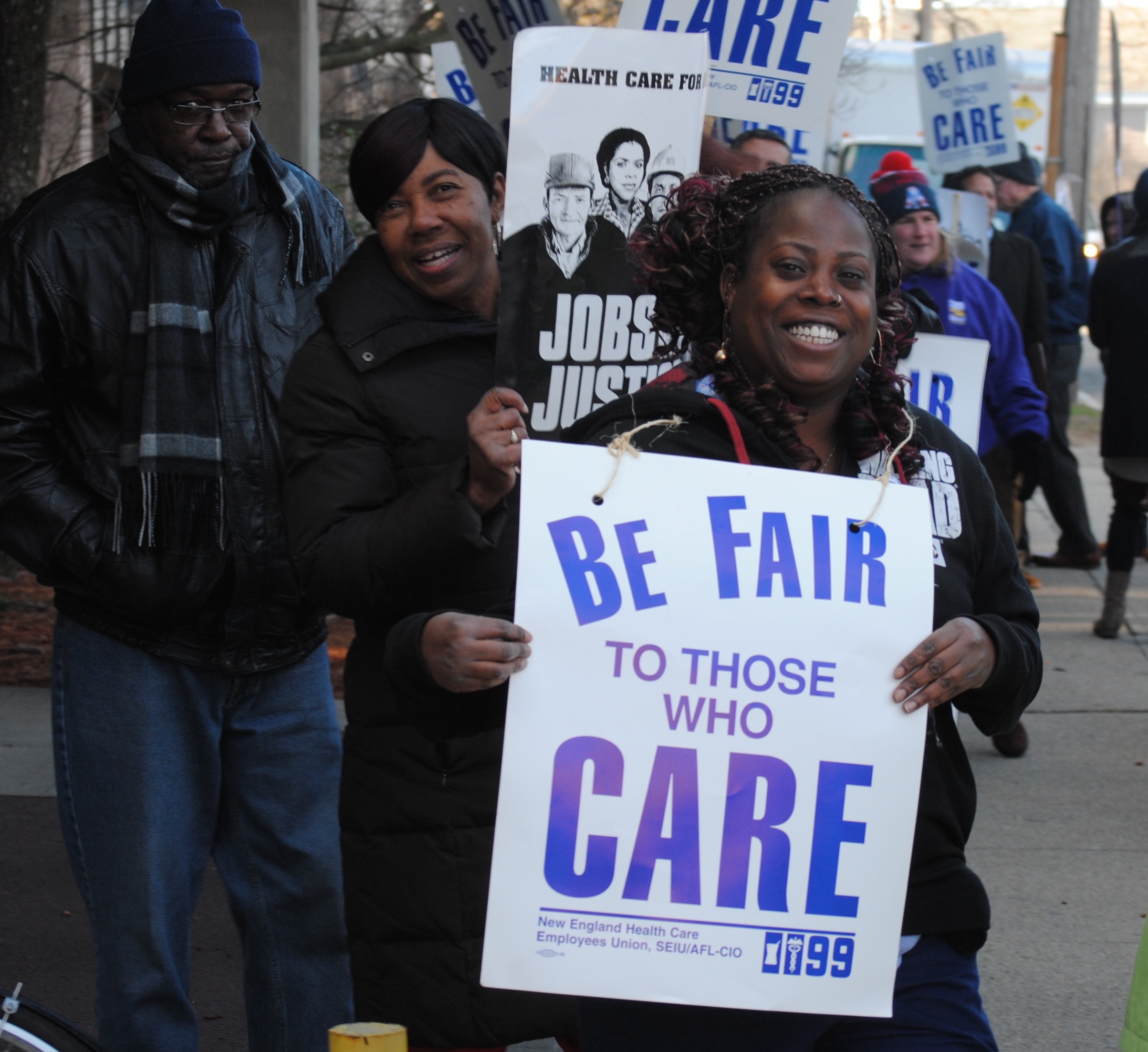
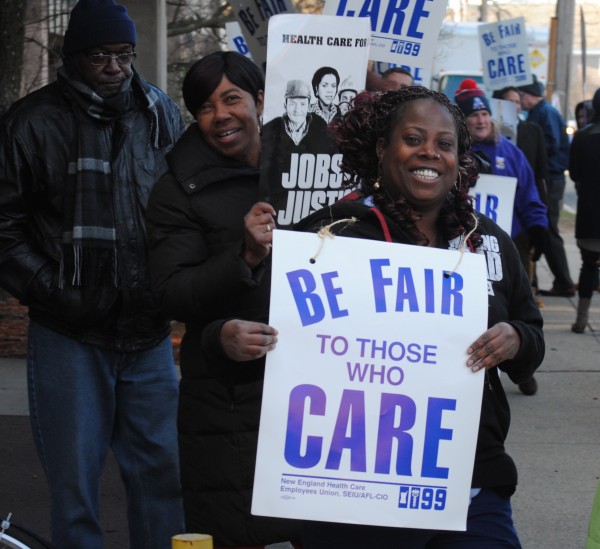 Workers at the Bannister House nursing home voted unanimously to reject
Workers at the Bannister House nursing home voted unanimously to reject 